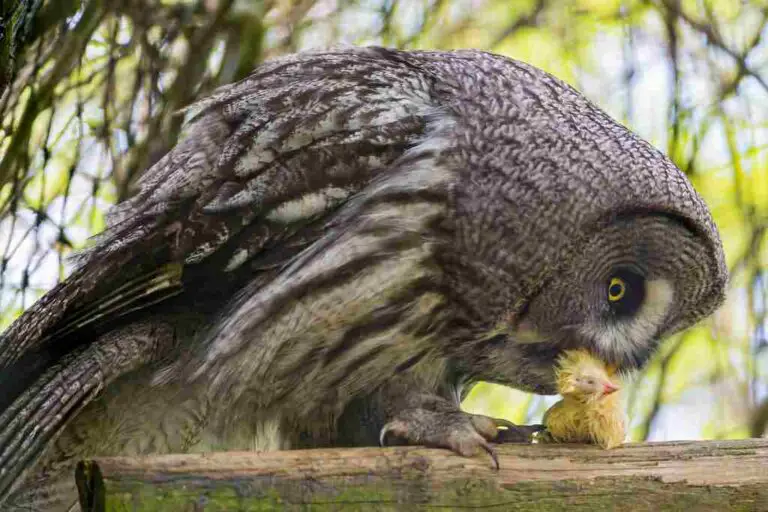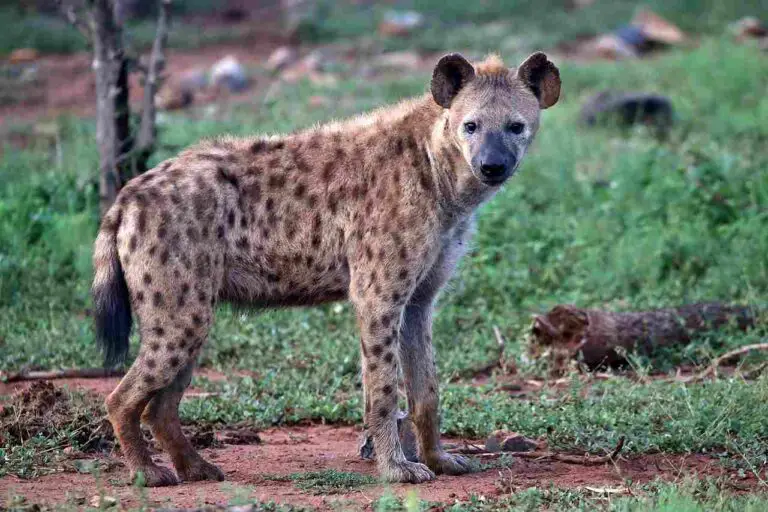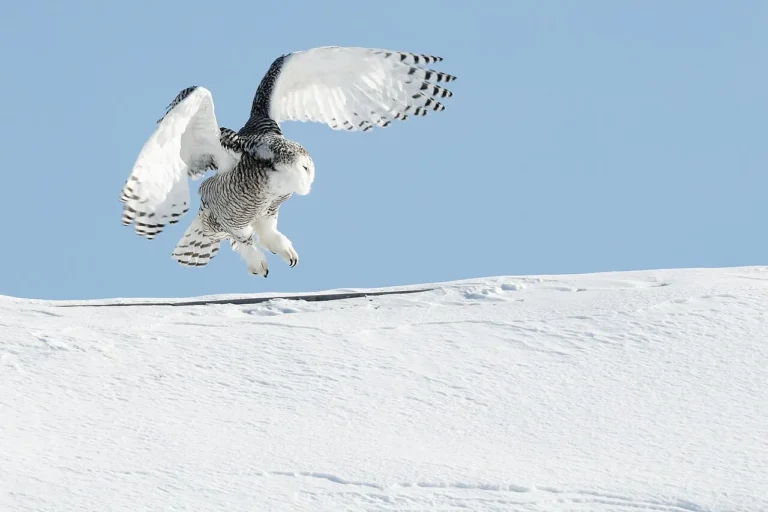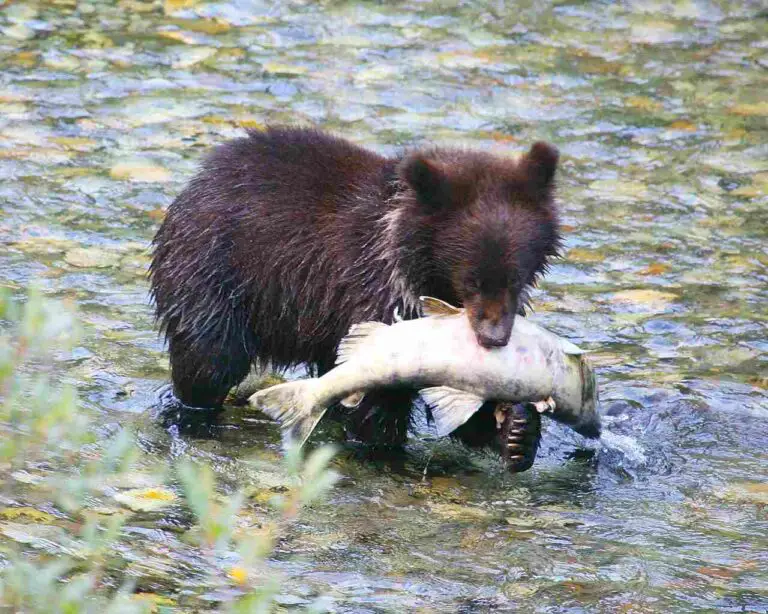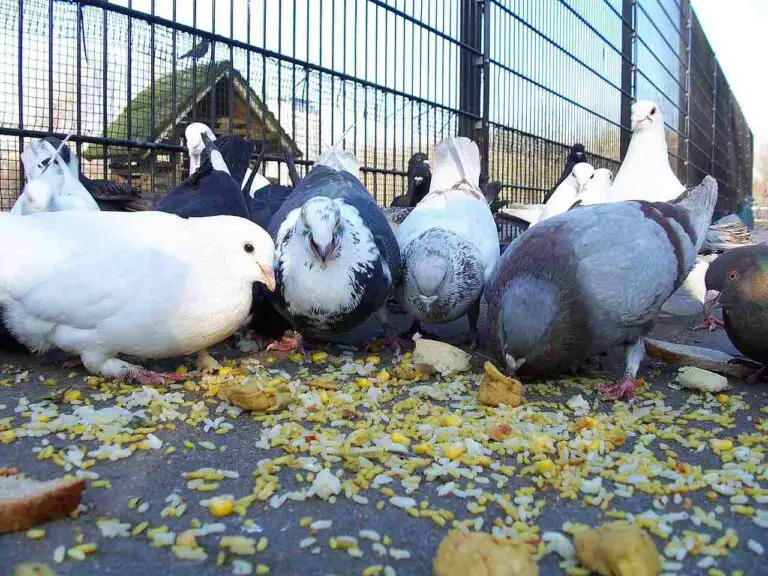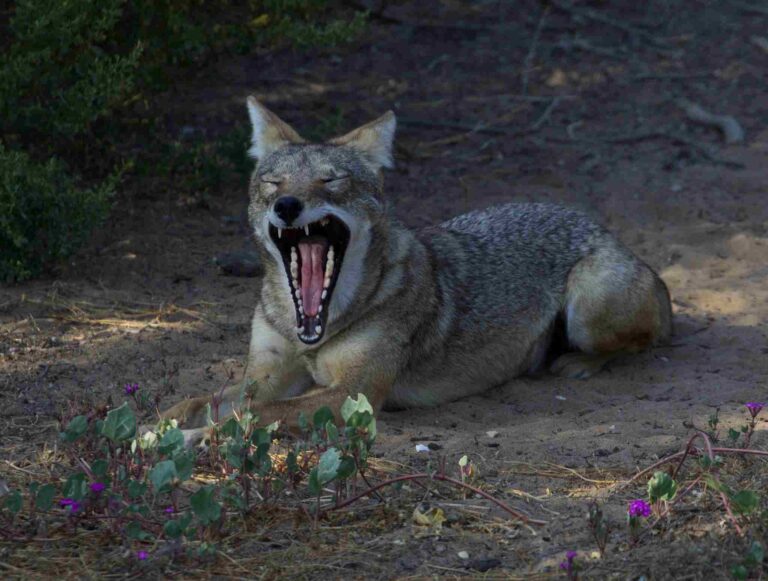Is a Frog an Omnivore? Dietary Habits of Frogs Revealed
Frogs are not omnivores, but rather obligate carnivores in their adolescence and adulthood. However, their juvenile developmental stage, known as the tadpole stage, is typically herbivorous.
This means that while frogs themselves are not omnivores, their dietary tendencies over the entire course of their lifespan or life-cycle, is omnivorous because they consume plant and animal matter at different stages of development.
Aspects of the Omnivorous Status of Frogs
1. Herbivorous Tadpole Stage
The herbivorous tadpole stage of frogs is a crucial aspect to consider when discussing their dietary habits. During this stage, tadpoles primarily consume plants and other primary producers. This observation supports the argument that frogs are omnivorous across their overall lifespan.
Tadpoles, in their early development, rely heavily on plant matter as a source of nutrition. They feed on algae, aquatic plants, and decaying organic matter found in their aquatic habitats. These plant-based food sources provide the necessary nutrients for their growth and development.
The consumption of plants by tadpoles is an important adaptation that allows them to thrive in their environment. By feeding on primary producers, tadpoles play a role in nutrient cycling and energy flow within aquatic ecosystems. They help maintain the balance of these ecosystems by consuming plant matter and converting it into biomass.
As tadpoles grow and develop, their diet gradually transitions from a herbivorous one to a more varied diet. This transition occurs as they undergo metamorphosis and transform into adult frogs. During this process, their digestive system undergoes significant changes, enabling them to consume a wider range of food sources.
While the herbivorous tadpole stage is an essential part of a frog’s life cycle, it is important to note that adult frogs are not typically plant consumers. Once they reach the adult stage, frogs become carnivorous and feed on a variety of prey. Insects, worms, small vertebrates, and even other frogs become the primary food sources for adult frogs.
Generally, the herbivorous tadpole stage of frogs provides evidence for their omnivorous nature across their overall lifespan. While tadpoles mainly consume plants and other primary producers, adult frogs transition to a carnivorous diet. This dietary flexibility allows frogs to adapt to different environments and play important roles in their ecosystems.
2. Carnivorous Adult/Frog Stage
The carnivorous adult stage of frogs is a significant phase in their life cycle, where they transition from being herbivorous tadpoles to becoming carnivores. During this stage, adult frogs primarily feed on other consumers, including insects, worms, small vertebrates, and even other frogs.
Insects play a crucial role in the diet of adult frogs. They are a readily available and abundant food source, making them a staple in the frog’s carnivorous diet. Flies, mosquitoes, beetles, and grasshoppers are just a few examples of the insects that adult frogs prey upon. The ability to catch and consume these agile and often elusive insects showcases the predatory nature of adult frogs.
Worms also make up a significant portion of the adult frog’s diet. Earthworms, in particular, are a common prey item for many frog species. These slimy creatures provide a nutritious meal for adult frogs, offering a good source of protein and other essential nutrients.
In addition to insects and worms, adult frogs may also consume small vertebrates. This includes prey such as rodents, reptiles, and even other amphibians. Larger frog species, like the bullfrog, have been known to consume relatively large prey items, showcasing their ability to adapt to different food sources.
The transition from a herbivorous tadpole to a carnivorous adult frog is a remarkable transformation. As tadpoles undergo metamorphosis, their digestive system undergoes significant changes, enabling them to consume a wider range of food sources. This transition is essential for their survival and allows them to thrive in their adult stage.
The carnivorous adult stage of frogs is a testament to their adaptability and versatility as predators. By consuming other consumers, adult frogs play a vital role in maintaining the balance of their ecosystems. They help control populations of insects and other prey species, contributing to the overall health and stability of their habitats.
Is a Frog a Carnivore?
Yes, frogs are considered carnivores in their adult stage. During this phase, they prey on other consumers, such as insects and invertebrates. Insects like flies and mosquitoes are a staple in the frog’s carnivorous diet. They are readily available and abundant, making them an easy target for frogs. Other insects like beetles and grasshoppers also make up a significant portion of their diet.
In addition to insects, frogs also consume invertebrates like worms. Earthworms, in particular, are a common prey item for many frog species. These slimy creatures provide a nutritious meal for adult frogs, offering a good source of protein and other essential nutrients.
But it doesn’t stop there. Some larger frog species, like the bullfrog, have been known to consume larger prey items, including vertebrates. This includes rodents, reptiles, and even other amphibians. The ability of frogs to adapt to different food sources showcases their versatility as predators.
This carnivorous diet of adult frogs is in stark contrast to their larval stage diet. As tadpoles, frogs are herbivorous and primarily feed on producers like algae and aquatic vascular plants. However, as they undergo metamorphosis and transition into their adult stage, their digestive system undergoes significant changes. These changes enable them to consume a wider range of food sources, including other consumers.
The transition from a herbivorous tadpole to a carnivorous adult frog is a remarkable transformation. It is essential for their survival and allows them to thrive in their adult stage. By consuming other consumers, adult frogs play a vital role in maintaining the balance of their ecosystems. They help control populations of insects and other prey species, contributing to the overall health and stability of their habitats.
Reasons Why Frogs are Considered Carnivores
1. They are Predatory
Predation is the act of hunting and consuming other organisms, and frogs are highly skilled predators. Their diet primarily consists of insects, small invertebrates, and even small vertebrates like fish, other amphibians, and mice.
Frogs have a unique adaptation that allows them to catch their prey with precision and speed. They have a long, sticky tongue that they can rapidly extend to catch unsuspecting insects. This tongue acts like a sticky trap, allowing the frog to quickly snatch up its prey. Once caught, the frog’s powerful jaws and teeth help to secure and consume the prey.
In addition to their hunting abilities, frogs also have excellent vision and hearing, which further aids them in their predatory lifestyle. Their large eyes allow them to spot movement and locate potential prey, while their sensitive eardrums enable them to detect the sounds made by their prey. This combination of sensory adaptations makes frogs highly efficient hunters.
Another interesting aspect of frog predation is their feeding behavior. Unlike some predators that consume their prey whole, frogs have a unique feeding mechanism. They use their front limbs to push the food into their mouths, while their eyes retract into their sockets to help push the food down their throats. This specialized feeding behavior allows frogs to consume larger prey items than their mouth size would suggest.
It’s important to note that while frogs are primarily carnivorous, there are some exceptions to this rule. Certain species of frogs have been observed consuming plant matter, such as fruits and vegetation. However, these instances are relatively rare and do not significantly impact the overall classification of frogs as carnivores.
Drawing from the above, frogs are considered carnivores because they are predatory by nature. Their hunting abilities, specialized feeding mechanisms, and diet consisting mainly of insects and small vertebrates all contribute to their classification as carnivorous animals.
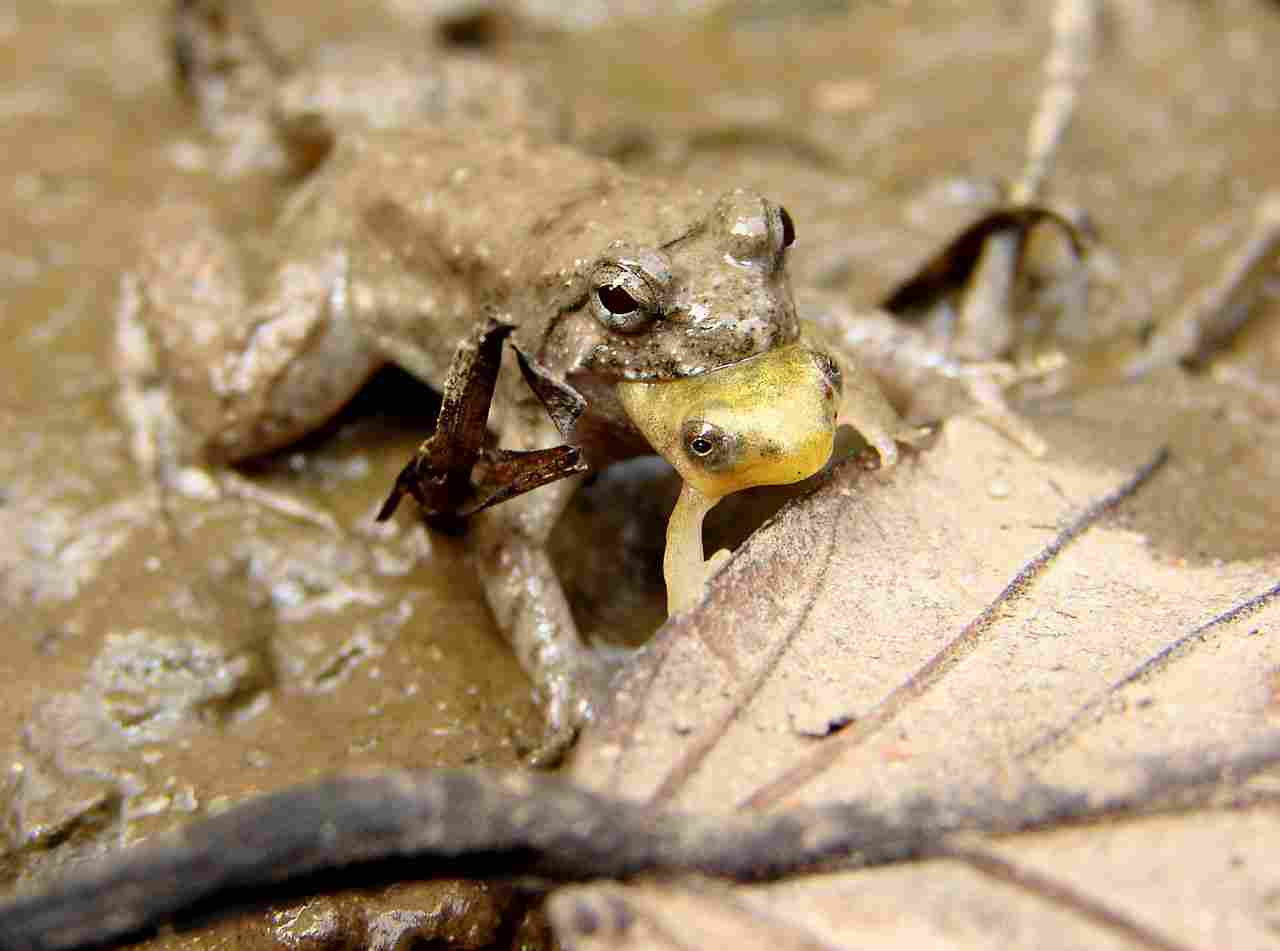
2. Frogs Feed on Other Consumers
Frogs are considered carnivores because they feed on other consumers. This means that their diet consists mainly of other animals rather than plants. Frogs are skilled predators and have adapted to catch and consume a variety of prey. They primarily feed on insects, such as flies, mosquitoes, and beetles. Additionally, frogs are known to eat small invertebrates like worms and spiders. Some larger species of frogs even consume small vertebrates like fish and mice.
Frogs have unique adaptations that help them in their carnivorous lifestyle. They have a long, sticky tongue that they can rapidly extend to catch unsuspecting prey. Their powerful jaws and teeth allow them to secure and consume their catch. Frogs also have excellent vision and hearing, which aid them in locating and capturing their prey.
3. They Generally Do Not Rely on Producers for Nutrition
One of the reasons why frogs are considered carnivores is that they generally do not rely on producers for nutrition. Unlike herbivores, which obtain their nutrients and energy from plants, frogs have adapted to obtain their sustenance from consuming other animals. This distinction sets them apart from herbivores and omnivores.
Frogs have evolved to be skilled predators, with a diet that primarily consists of insects. They are known to feed on a variety of insects, including flies, mosquitoes, and beetles. These small creatures provide the necessary nutrients and energy that frogs need to survive and thrive. Additionally, frogs may also consume small invertebrates like worms and spiders, further supplementing their carnivorous diet.
The fact that frogs do not rely on producers for nutrition is a key characteristic that distinguishes them from herbivores and omnivores. While herbivores obtain their nutrients from plants, and omnivores have a more varied diet that includes both plants and animals, frogs have adapted to solely consume other animals. This specialization in their diet is what classifies them as carnivores.
Frogs possess unique adaptations that aid them in their carnivorous lifestyle. For instance, they have a long, sticky tongue that they can rapidly extend to catch unsuspecting prey. This specialized tongue allows them to capture insects and other small creatures with precision and efficiency. Additionally, frogs have powerful jaws and teeth that enable them to secure and consume their catch effectively.
Furthermore, frogs have excellent vision and hearing, which play a crucial role in their hunting abilities. Their keen eyesight allows them to locate their prey accurately, while their acute hearing helps them detect the movements and sounds of potential prey nearby. These sensory adaptations, combined with their physical attributes, make frogs highly efficient predators in their natural habitats.
Is a Frog a Herbivore?
While tadpoles are herbivorous, frogs, which are the adult stage, are not considered herbivores. Unlike herbivores that obtain their nutrients and energy from producers like algae or vascular and non-vascular plants, frogs have a different dietary preference. Although frogs may occasionally ingest plant or algal matter, it is usually incidental to their foraging on preferred food sources or out of curiosity.
Frogs primarily rely on a carnivorous diet, consuming a variety of insects such as flies, mosquitoes, and beetles. These small creatures provide the necessary nutrients and energy that frogs need to survive and thrive. Additionally, frogs may also consume small invertebrates like worms and spiders, further supplementing their carnivorous diet.
The fact that frogs do not obtain their nutrition and energy from producers like plants or algae is what sets them apart from herbivores. Instead, they have adapted to be skilled predators, specializing in consuming other animals. This specialization in their diet classifies them as carnivores rather than herbivores.
Are Frogs Herbivores, Carnivores or Omnivores?
Frogs are classified as carnivores, as they primarily rely on a diet of other animals for their nutrition and energy. Unlike herbivores that obtain their nutrients from plants or algae, frogs do not feed on plant matter as a major energy or nutrient source. While they may occasionally ingest plant or algal matter, it is usually incidental to their foraging on preferred food sources or out of curiosity.
The feeding habits of frogs are not highly flexible or versatile, which is why they are not considered omnivores. They usually consume a range of preferred prey that can vary with species, physiological details, available prey, and the environment, among other factors. Frogs are skilled predators that specialize in consuming a variety of insects such as flies, mosquitoes, and beetles. These small creatures provide the necessary nutrients and energy that frogs need to survive and thrive.
In addition to insects, frogs may also consume small invertebrates like worms and spiders, further supplementing their carnivorous diet. However, it is important to note that the specific prey consumed by frogs can vary depending on their species and the habitat they inhabit. Some frogs may have a more specialized diet, while others may have a broader range of prey.
The fact that frogs do not rely on producers like plants or algae for their nutrition and energy is what sets them apart from herbivores. Instead, they have evolved to be skilled predators, adapting to their environment and specializing in consuming other animals. This specialization in their diet classifies them as carnivores rather than herbivores.
It is worth mentioning that the dietary habits of frogs can have important ecological implications. As predators, frogs play a crucial role in controlling populations of insects and other small invertebrates. They help maintain the balance of ecosystems by regulating the abundance of their prey and preventing outbreaks of certain species.
Is a Frog a Carnivore or Omnivore?
When it comes to the dietary habits of frogs, they are classified as carnivores rather than omnivores. Unlike animals such as raccoons, coyotes, and badgers that are highly adaptable and can survive under a variety of conditions and in diverse environments, frogs have specific dietary requirements and are suited for a particular habitat.
Frogs are well adapted to thrive in humid and shaded zones, such as ponds and wetlands. These environments provide them with the necessary resources to hunt and capture their preferred prey. Their diet primarily consists of other animals, making them carnivores.
Frogs are skilled predators that specialize in consuming a variety of insects. They rely on small creatures like flies, mosquitoes, and beetles to provide the necessary nutrients and energy for their survival. In addition to insects, frogs may also consume small invertebrates like worms and spiders, further supplementing their carnivorous diet.
It is important to note that the specific prey consumed by frogs can vary depending on their species and the habitat they inhabit. Some frogs may have a more specialized diet, while others may have a broader range of prey. This variation in diet is influenced by factors such as physiological details, available prey, and the environment.
The fact that frogs do not rely on producers like plants or algae for their nutrition and energy is what sets them apart from herbivores. Instead, they have evolved to be skilled predators, adapting to their environment and specializing in consuming other animals. This specialization in their diet classifies them as carnivores rather than herbivores.
The dietary habits of frogs have important ecological implications. As predators, frogs play a crucial role in controlling populations of insects and other small invertebrates. They help maintain the balance of ecosystems by regulating the abundance of their prey and preventing outbreaks of certain species.
FAQs
1. What Frog is Carnivorous?
When it comes to carnivorous frogs, most species have a diet that consists primarily of insects and small invertebrates. However, there are some species that stand out for being particularly large, aggressive, and highly predatory. One such example is the American bullfrog.
The American bullfrog, known scientifically as Lithobates catesbeianus, is one of the largest frog species in North America. It is an opportunistic predator that will consume a wide range of prey, including insects, small fish, crustaceans, and even other frogs. With its powerful jaws and lightning-fast tongue, the American bullfrog is capable of capturing and devouring prey that is larger than itself.
In addition to the American bullfrog, there are other carnivorous frog species found around the world. These frogs have adapted to their environments and developed specialized hunting techniques to catch their prey. Some examples include the African clawed frog, which feeds on small aquatic animals, and the Pacman frog, which has a voracious appetite for insects.
2. Are All Toads Omnivores?
Contrary to popular belief, not all toads are omnivores. In fact, most toads are generally carnivorous, meaning they primarily feed on other animals. However, there are some exceptions to this rule.
One example of a toad species that exhibits omnivorous tendencies is the predatory cane toad. While it is predominantly carnivorous, the cane toad has been known to occasionally ingest plant or algal matter. This adaptability and versatility in its diet make the cane toad a highly voracious predator.
To clarify, the question “Are all toads omnivores?” can be answered with a resounding “no.” While some toads may display omnivorous behavior, it is not a characteristic shared by all toad species.
It is important to note that the dietary habits of toads can vary depending on their environment and available food sources. Factors such as habitat, climate, and prey availability can influence the feeding preferences of different toad species.
3. Why are Frogs Omnivores?
Frogs are considered omnivores over their entire lifecycle, meaning they have a varied diet that includes both plant and animal matter in different stages of their development.
Frogs undergo a metamorphosis from tadpoles to adults. During the tadpole stage, they primarily feed on plant material such as algae and aquatic plants. As they transition into adulthood, their diet shifts to include a wider range of prey, including insects, spiders, worms, and small vertebrates. This transition from herbivorous to carnivorous feeding habits supports their classification as omnivores.
4. Are All Toads Carnivores?
Toads are generally considered carnivores, as there is yet no strong proof to suggest otherwise. However, it is important to note that toads have different dietary habits depending on their life stage.
During the tadpole stage, toads are actually herbivores. They primarily feed on plant material such as algae and aquatic plants. This plant-based diet provides them with the necessary nutrients for growth and development. As they undergo metamorphosis and transition into adulthood, their diet shifts to include a wider range of prey.
Adult toads are known to be opportunistic feeders, meaning they will consume whatever food source is readily available to them. Their diet mainly consists of insects, spiders, worms, and other small invertebrates. They are skilled hunters and use their long, sticky tongues to catch their prey. This carnivorous feeding behavior is what classifies them as carnivores.
It is worth mentioning that while most toads are carnivorous, there may be some variations within different species. Some toads may have a more specialized diet, while others may exhibit omnivorous tendencies. However, these variations are not common and do not change the general classification of toads as carnivores.
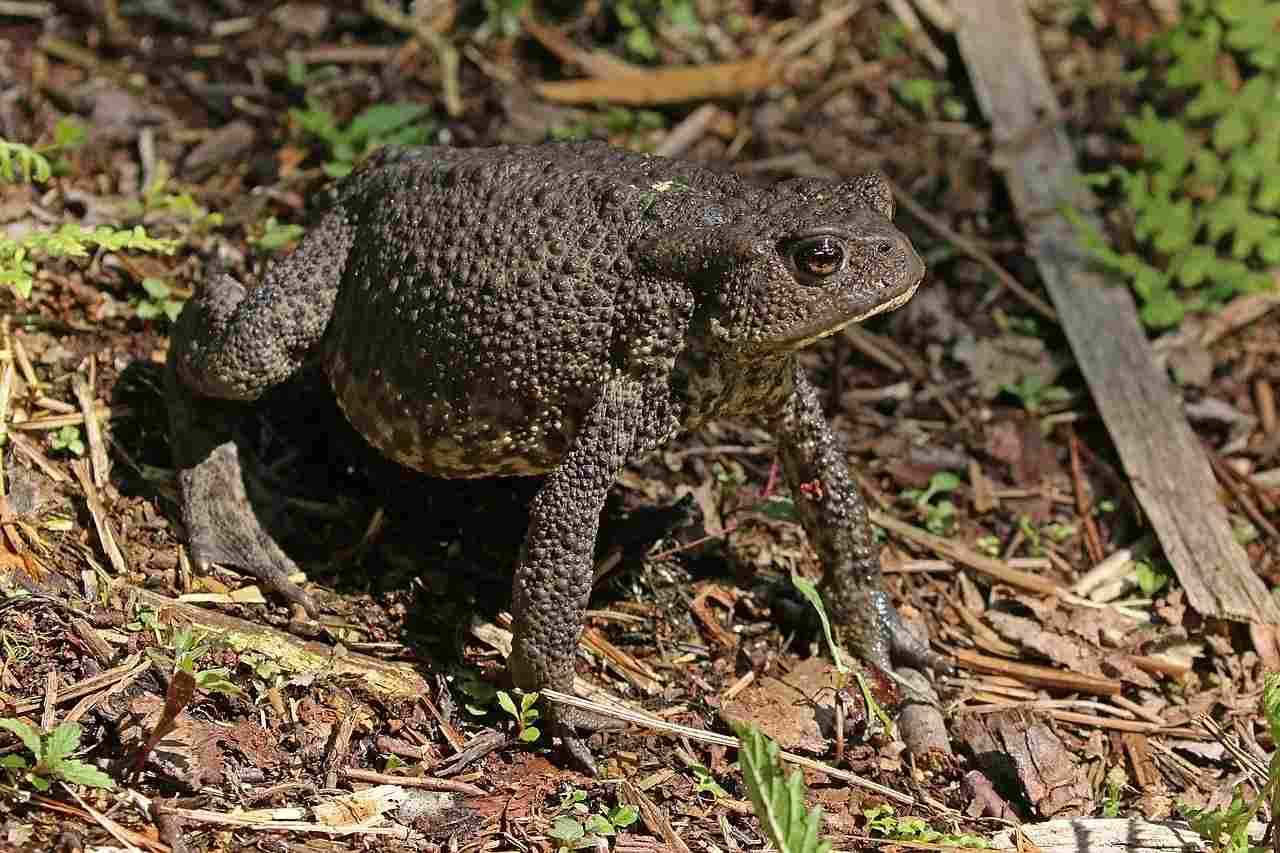
5. Are Common Toads Carnivores?
Common toads, also known as European toads (Bufo bufo), are primarily considered carnivores. They have a diet that consists mainly of insects, spiders, worms, and other small invertebrates. Their feeding behavior is similar to that of other toad species, as they are opportunistic feeders, meaning they consume whatever food source is readily available to them.
During their adult stage, common toads use their long, sticky tongues to catch their prey. They are skilled hunters and rely on their quick reflexes to capture their food. This carnivorous diet provides them with the necessary nutrients for survival and growth.
6. What Does a Toad Eat?
Toads have a diverse diet, consuming a wide range of organisms. They feed on flies, worms, beetles, caterpillars, slugs, and snails. These small invertebrates make up a significant portion of their diet. However, toads are not limited to just these smaller prey items. They are also known to consume larger prey, including other toads, frogs, and salamanders.
Occasionally, toads have been observed feeding on mice, although this is less common. Their ability to consume such a broad variety of organisms is due to their opportunistic feeding behavior. Toads are skilled hunters and rely on their quick reflexes to catch their prey. They use their long, sticky tongues to capture their food, which they then swallow whole.
7. Are all Amphibians Omnivores?
Contrary to some beliefs, not all amphibians are omnivores. In fact, the dietary habits of amphibians can vary greatly depending on the species. While some amphibians are indeed omnivorous, consuming both plant matter and other organisms, many others have more specialized diets.
There are amphibians that are strictly carnivorous. These species feed exclusively on other animals, such as insects, small invertebrates, and even other amphibians. Their diet consists mainly of protein-rich prey, which provides them with the necessary energy and nutrients for survival.
Additionally, there are amphibians that fall somewhere in between carnivores and omnivores, exhibiting omnivorous tendencies. These amphibians have a more flexible diet, consuming both plant matter and small animals. They may feed on insects, worms, and other invertebrates, while also supplementing their diet with plant materials.
8. Is a Frog an Omnivore Yes or No?
No.
Frogs are not strictly classified as omnivores. While some frog species may exhibit opportunistic tendencies, their dietary habits are more accurately described as carnivorous.
Frogs are primarily carnivores, meaning they primarily consume other animals as their main source of nutrition. Their diet consists mainly of insects, small invertebrates, and even other amphibians. These prey provide the necessary protein-rich meals that frogs need for energy and growth.
9. Are Frogs Herbivores?
No, frogs are not herbivores. They do not specialize in producers as food sources. Instead, their dietary habits are primarily carnivorous.
Frogs are known for their ability to catch and consume a wide variety of prey, including insects, small invertebrates, and even other amphibians. These animal-based meals provide the necessary nutrients, especially protein, that frogs need for energy and growth.
While some frog species may exhibit opportunistic tendencies and consume plant matter on occasion, it is not a significant part of their diet. Frogs primarily rely on animal-based food sources to meet their nutritional needs.
Their carnivorous nature is evident in their hunting techniques and specialized adaptations, such as their long, sticky tongues and powerful hind legs for leaping and capturing prey. These adaptations allow frogs to effectively catch and consume their preferred animal-based meals.
Conclusion
* In this article, we have explored the dietary habits of frogs and answered the question of whether a frog is an omnivore.
* We began by examining the herbivorous tadpole stage of frogs, where they primarily feed on plant matter. However, as frogs transition into the adult stage, their dietary preferences shift towards a carnivorous diet.
* We discussed the reasons why frogs are considered carnivores, highlighting their predatory nature and their reliance on other consumers for nutrition. Frogs do not heavily rely on producers for their dietary needs.
* While some frog species may occasionally consume plant matter opportunistically, it is not a significant part of their diet. Frogs primarily rely on animal-based food sources to meet their nutritional requirements.
* We also addressed common questions related to the dietary habits of frogs, such as whether all toads are omnivores and why frogs are considered omnivores.
* Throughout the article, we emphasized the carnivorous nature of frogs, highlighting their ability to catch and consume a wide variety of prey, including insects, small invertebrates, and even other amphibians.
* Frogs possess specialized adaptations, such as long, sticky tongues and powerful hind legs, which enable them to effectively capture and consume their preferred animal-based meals.
* In conclusion, frogs are not herbivores but rather carnivores. While they may occasionally consume plant matter, their diet primarily consists of animal-based food sources. Their predatory nature and specialized adaptations further support their classification as carnivores.
* Understanding the dietary habits of frogs is essential for their conservation and management. By recognizing their role as predators in ecosystems, we can better appreciate their ecological significance and work towards their protection.
* Further research on the dietary preferences of different frog species can provide valuable insights into their ecological roles and contribute to our understanding of amphibian biology.
